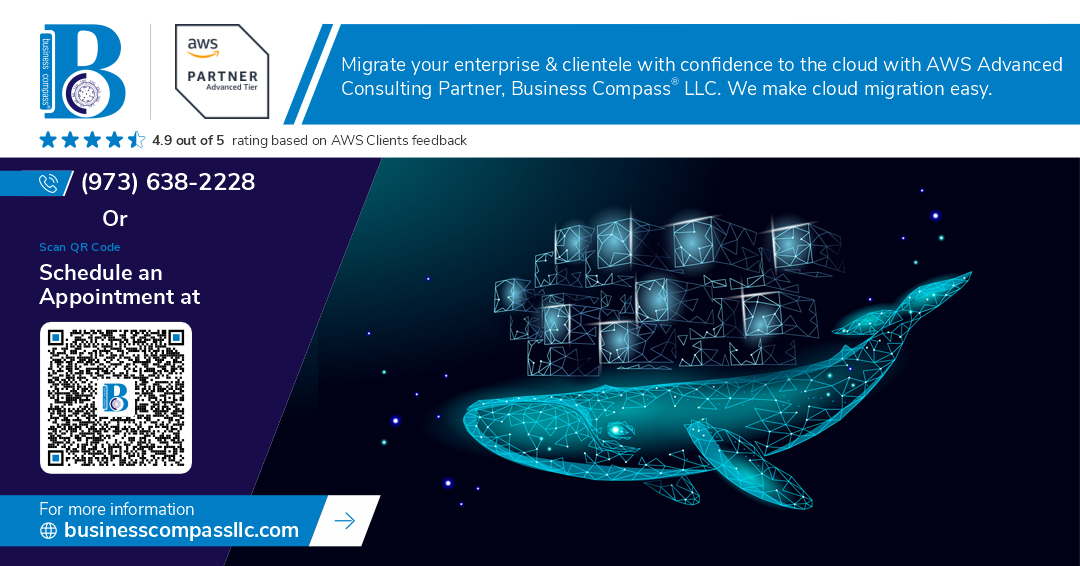You’ve spent hours containerizing your app with Docker, but now you’re staring at cloud hosting bills that make your wallet cringe. Sound familiar?
I’ve been there too. The good news? You can actually deploy Docker containers in the cloud for free. No, this isn’t one of those “free for 30 days” teases.
In this guide, I’ll walk you through legitimate zero-cost options for hosting your containerized applications without sacrificing reliability. From Heroku alternatives to clever AWS free tier hacks that most developers overlook.
The hosting landscape has changed dramatically in 2023, with several platforms expanding their free tiers for container deployments. But there’s a catch most tutorials won’t tell you about…
Understanding Docker Containers for Cloud Deployment
A. What makes Docker perfect for cloud environments
Docker shines in cloud environments because it packages apps with all dependencies into portable containers. This eliminates the “works on my machine” problem by ensuring consistent behavior across development, testing, and production. Containers start in seconds, use resources efficiently, and scale horizontally with ease – perfect for cloud’s elastic nature.
B. Key benefits for developers
Developers love Docker because it slashes setup time from hours to minutes. You can spin up identical environments instantly, test features in isolation, and share exact configurations with teammates. Docker also helps you build once and deploy anywhere – from your laptop to any cloud provider without code changes.
C. Common misconceptions about container hosting costs
The biggest myth? That container hosting always breaks the bank. Not true! Many cloud providers offer generous free tiers specifically for containers. People also wrongly assume you need expensive orchestration for simple projects, when lightweight solutions work fine. Small-scale deployments often fit comfortably within free resource limits.
Free Cloud Platforms for Docker Deployment
Free Cloud Platforms for Docker Deployment
A. Google Cloud Platform’s free tier options
Who doesn’t love free stuff? Google Cloud Platform hooks you up with a sweet $300 credit for 90 days, plus always-free Cloud Run for serverless containers. You get 2 million requests per month and enough compute to run small Docker apps without spending a dime.
Setting Up Your First Free Docker Environment
Setting Up Your First Free Docker Environment
A. Creating necessary accounts and credentials
Getting started with free Docker hosting isn’t rocket science. Sign up for accounts on platforms like Heroku, Google Cloud Platform (free tier), or Render. Grab your API keys and access credentials—you’ll need these to push your containers from your local machine to the cloud later.
B. Preparing your local development environment
Docker Desktop is your best friend here. Install it, then add the CLI tools for your chosen cloud provider. Make sure your system meets the minimum requirements—Docker can be resource-hungry, especially when running multiple containers simultaneously during local testing.
C. Configuring your Docker images for cloud optimization
Slim down those Docker images! Cloud free tiers have strict resource limits. Use multi-stage builds, alpine-based images, and remove unnecessary packages. Every megabyte counts when you’re on a free plan, so audit your Dockerfile for optimization opportunities.
D. Testing locally before cloud deployment
Always test locally first. Run docker-compose up and verify everything works as expected. Check resource usage with docker stats to ensure you’ll stay under free tier limits. Debugging in your local environment saves time and prevents wasting precious deployment quotas.
Step-by-Step Deployment Procedures
Step-by-Step Deployment Procedures
A. Pushing images to free container registries
Getting your Docker images into the cloud isn’t rocket science. Just tag your image, authenticate with your registry of choice (Docker Hub, GitHub Container Registry, or Google Container Registry), and push with a simple command. These free registries give you enough storage to host several projects without spending a dime.
Maximizing Free Tier Resources
Resource monitoring strategies
Want to avoid bill shock? Set up alerts in your cloud provider’s dashboard for resource thresholds. Free tools like cAdvisor and Prometheus can track container metrics, while cloud-native solutions offer basic monitoring without cost. Keep an eye on those CPU spikes!
Avoiding unexpected charges
Cloud providers love when you exceed limits. Read the fine print on network transfers, storage persistence, and idle resources. Set hard limits in your container configurations and use auto-shutdown policies for test environments. Delete unused volumes ruthlessly.
Optimizing container performance on limited resources
Multi-stage builds shrink images dramatically. Alpine-based images use less memory. Set appropriate memory limits, leverage CPU constraints, and implement proper caching. Remove unnecessary packages and dependencies. Your containers can fly even on free-tier hardware.
Load balancing techniques that cost nothing
DNS round-robin is primitive but free. Nginx as a reverse proxy can distribute traffic without extra costs. Client-side load balancing libraries shift the burden to users. For multi-container setups, Docker Swarm offers basic orchestration without the Kubernetes complexity tax.
Advanced Techniques for Free Container Hosting
Implementing CI/CD pipelines with free tools
GitHub Actions, GitLab CI, and Jenkins X let you automate container deployments without spending a dime. Hook them up to free container registries like Docker Hub or GitHub Container Registry, and you’ve got a zero-cost pipeline that builds, tests, and ships your containers automatically. No more manual deployments eating up your coding time.
Real-world Use Cases and Applications
Personal portfolio projects
You’ve built something cool and want to show it off? Free Docker hosting is perfect for deploying your portfolio projects. Whether it’s a React app, Python API, or a full-stack application, these platforms let you demonstrate your skills without burning cash. Perfect for impressing potential employers or clients.
Small business applications
Small businesses don’t need massive infrastructure. A free Docker hosting solution can easily handle appointment booking systems, simple CRMs, or inventory trackers. These platforms provide enough resources for applications serving dozens of daily users while keeping costs at zero.
Testing environments for larger systems
Need to test that new feature without risking production? Free Docker hosting creates isolated environments that mirror your production setup. Your team can validate changes, run integration tests, and share working prototypes with stakeholders before committing to expensive infrastructure.
Microservices architecture on a budget
Breaking your monolith into microservices doesn’t mean breaking the bank. Free Docker hosting lets you deploy multiple specialized containers that communicate seamlessly. Start with critical services, then gradually expand as needed while learning the ropes of distributed architecture without financial pressure.
Troubleshooting Common Issues
Debugging deployment failures
Container not starting? Check your logs first. Run docker logs container_name to see what’s happening under the hood. Most failures come down to configuration issues, environment variables, or port conflicts. Free tier platforms often hide detailed logs, so enable verbose logging before deployment.
Resolving networking problems
Free hosting services typically restrict networking options. If your containers can’t communicate, verify your network configuration and check if the provider blocks specific ports. Many free tiers limit external access—consider using service meshes like Traefik to route traffic properly.
Managing resource constraints
Free tiers are notoriously tight on resources. Monitor your container’s memory and CPU usage with docker stats. Implement graceful degradation in your apps to handle resource pressure. Optimize your images—alpine-based variants can slash image size by 50-90%.
Dealing with free tier limitations and quotas
Free services love to pull the rug out. Set up monitoring to track quota usage before you hit limits. Most platforms force sleep after inactivity—implement health checks or scheduled pings to keep containers alive. Have a migration plan ready when you outgrow free offerings.
Navigating the world of free Docker container hosting opens up remarkable possibilities for developers on a budget. From understanding the fundamentals of containerization to implementing advanced deployment techniques, you now have the knowledge to leverage platforms like Heroku, Google Cloud Run, and AWS Free Tier to host your applications without spending a dime. By following the step-by-step procedures outlined and applying resource optimization strategies, you can build robust, scalable solutions while staying within free tier limitations.
Take what you’ve learned and put it into practice today. Start with a simple deployment, then gradually incorporate the advanced techniques and troubleshooting tips shared in this guide. Whether you’re developing a personal project, testing a proof-of-concept, or launching a startup with minimal resources, free Docker container hosting provides the perfect foundation to bring your ideas to life in the cloud. Your journey toward cost-effective, containerized applications begins now.




















